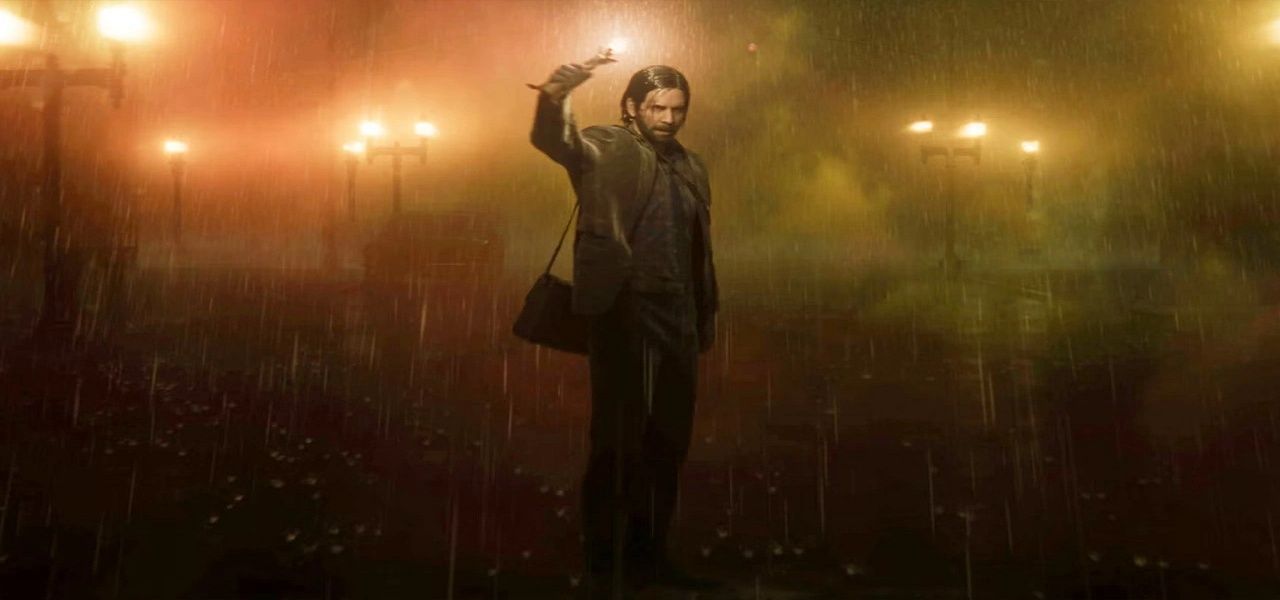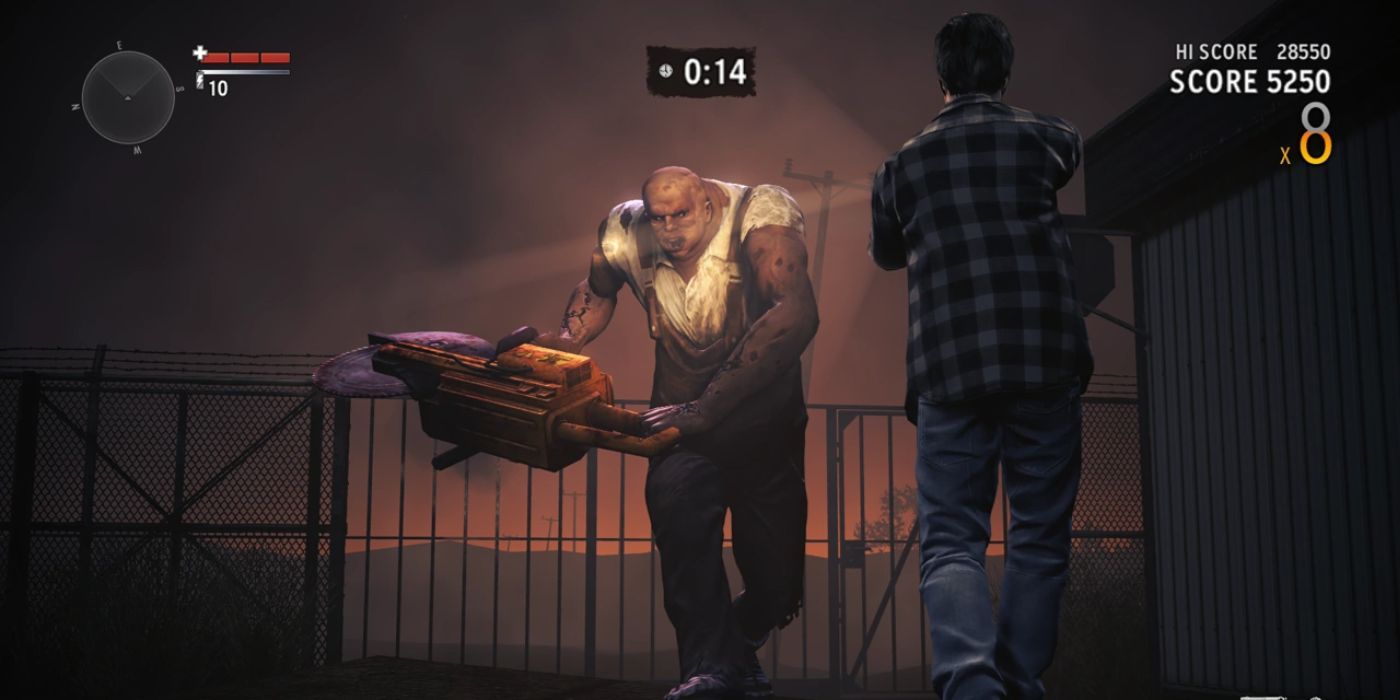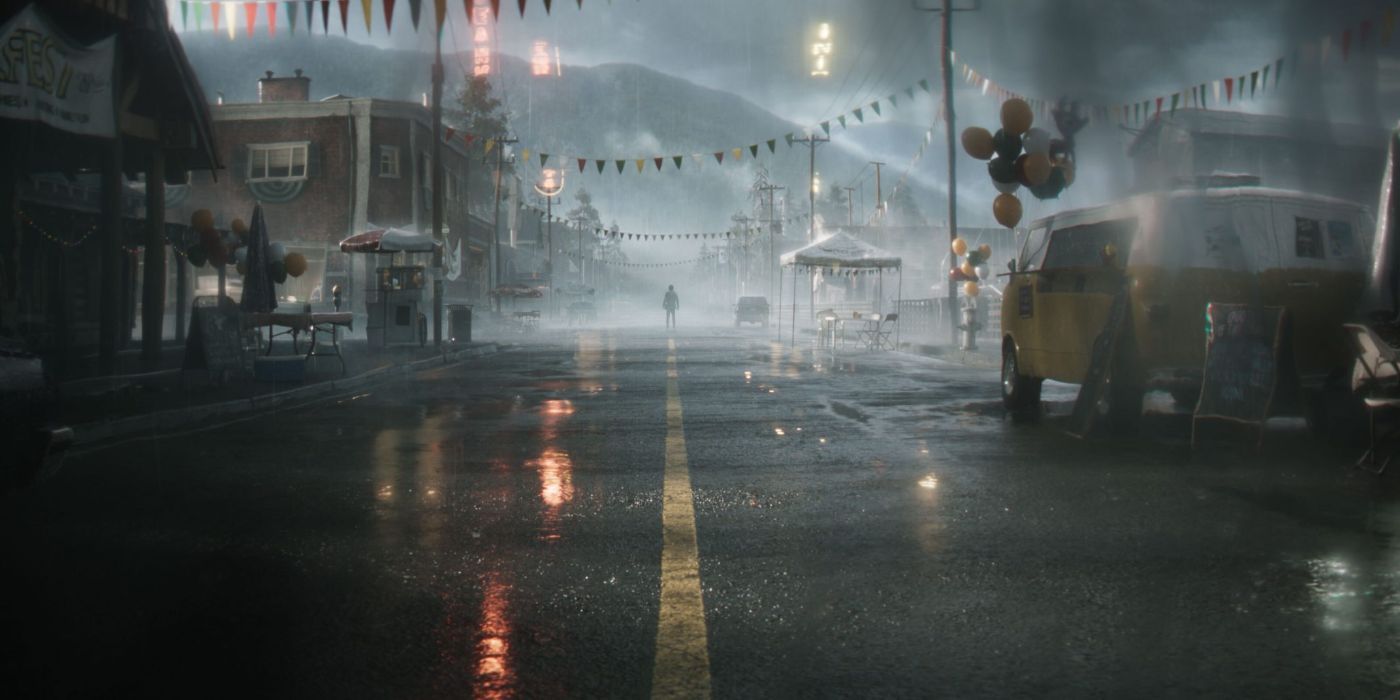The first Alan Wake game was a classic to many, combining interactive gameplay with an immersive mystery story. Its success had many wishing for a sequel -- a request which is finally set to be fulfilled in 2023. While there are several areas where the sequel needs to emulate its predecessor, there are also a few ways that Alan Wake 2 can improve on what came before.
The story of the original game was universally lauded, but various elements in the actual gameplay were points of contention for the gamers that played Alan Wake. The repetitive and often boring aspects of the original game can be boiled down to just a few areas, both of which have been done much better in more recent games. Here's how the long-awaited sequel can fix these issues and better complement the storytelling.
Alan Wake 2 Needs a Better, Less Repetitive Gameplay Loop
As mentioned, Alan Wake is unusual for a video game in that the storyline guiding the game is far more acclaimed than the gameplay itself. There is little variety in the gameplay of the title, which is basically a continuing loop of using a flashlight and searching for batteries in order to stun enemies. Said enemies quickly become old, as well, furthering the sentiment that everything is just on repeat.
Alan Wake 2 can fix this by having more variety in opponents, with each of these enemies behaving and attacking the player differently. Thus, the techniques needed to address each threat would also be different, keeping survival more interesting and intense. This would add to the more terrifying survival horror elements of the new game, as enemies would be more unpredictable and less one-size-fits-all.
Likewise, players need more puzzles and pivotal side-quests in order for the main gameplay loop to avoid being such a redundant drudgery. This would also help the episodic storytelling, as each narrative segment would stand out and have threats to deal with in different ways. A variety of techniques and weapons to defeat enemies would also be an easy way to increase the fun factor, especially since bullets are sometimes ineffective in the first game.
Open-World Elements Could Bring Alan Wake's Sequel to the Next Level
The moody and engrossing atmosphere is definitely a highlight of the original Alan Wake, with the town that Alan explores being appropriately spooky and unnerving. This was clearly inspired by Twin Peaks and the works of Stephen King. Unfortunately, the game doesn't allow players to really explore or go back through the town in a less linear capacity. Sure, there are less conventional forms of storytelling that the game takes, but Alan himself isn't able to properly interact with these elements. The town and its people are what make the story truly come to life, and without a way to explore them further, things are just a bit too restrictive.
Open-world elements have become increasingly mainstream in games since the release of the first Alan Wake. One example that came out a year after is LA Noire, which is a much more mundane neo-noir mystery story. Though more evocative of the real world, its setting is far livelier due to diversity in its location design. The same can be said for open-world adventure games such as The Legend of Zelda: Breath of the Wild, Horizon Zero Dawn, and even Sega's Yakuza/Like a Dragon series.
Having things to do that can be identified with the setting goes a long way in defining the town where Alan is and breaking up the gameplay cycle. It'd also be a way for the game to stand out, as narrative-based titles have also increased in frequency. Quality DLC and extra missions or mysteries could be implemented to add to the main story, making it feel like more than just a way to tell an (admittedly good) story. By addressing these two major issues, Alan Wake 2 will have a lot of replay value and substance to go along with its scares



